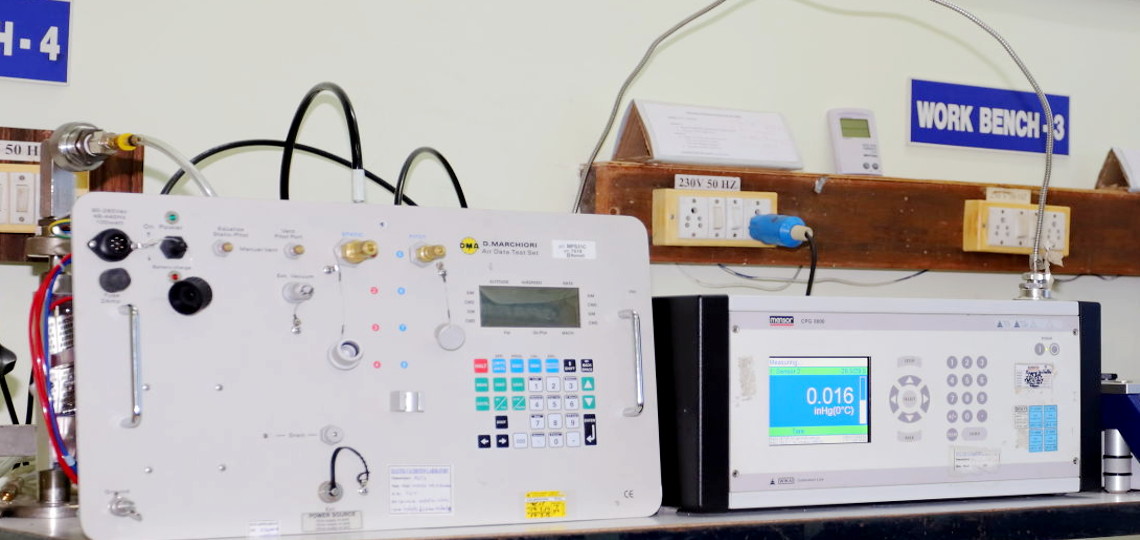
Air Data Test Sets, also known as Pitot-Static Testers, are highly specialized pressure generation and measurement instruments used to both leak test an aircraft's pitot-static system as well as to test and verify an aircraft’s instruments by simulating the altitude and speed of aircraft while still on the flight line. Pitot-Static System A pitot-static system is a system of pressure-sensitive instruments used in aviation to determine critical flight data. Pitot-static systems consist primarily of a pitot tube and static ports which extend through the skin of the aircraft, and instruments which operate via the principle of air pressure gradient in which air pressure or pressure differences are used to calculate speed, altitude, and other flight parameters. As critical flight information is gathered via an aircraft’s pitot-static system, it is absolutely essential that the system is functioning correctly and accurately. Inaccurate readings can lead to dangerous situations. Several commercial airline disasters have been traced to a failure of the pitot-static system. The primary elements of the pitot-static system are the pressure ports: Pitot tube: Pitot tubes measure fluid flow velocity. In its basic configuration, pitot tubes are placed pointing directly into the fluid flow. The fluid enters the opening at the front of the tube and stagnates as there is no outlet to allow the flow to continue. The stagnation pressure of the fluid, measured by highly accurate pressure sensors within the pitot tube, is known as total pressure or pitot pressure (Pt) in aviation applications. Static port: Static ports are small, flush mounted openings on an aircraft’s fuselage. The static port is connected to a highly accurate pressure sensor that measures barometric pressure also known as static pressure (Ps) as it measures non-moving air pressure unlike pitot pressure which measures moving air pressure. Since barometric pressures are lower at higher altitudes, static pressure will decrease as the aircraft climbs. Some aircraft have more than one static port so that an average pressure can be taken, allowing for more accurate readings. ADTS Functions A number of critical flight instruments and systems can be tested with an Air Data Test Set. They include: Airspeed indicator: Airspeed is determined by the difference between the ram air pressure from the pitot pressure and static pressure. This difference is known as dynamic pressure. Higher airspeeds will create greater ram pressure and, therefore, higher dynamic pressure Altimeter: Pressure altimeters make altitude measurements by measuring the difference between the pressure in an aneroid barometer inside the altimeter and the static pressure. Since air pressure decreases with an increase of altitude at a relatively constant rate, altitude is simple to calculate as long as the altimeter has been calibrated prior to flight. Vertical speed indicator: The vertical speed indicator (VSI) measures an aircraft’s rate of climb or descent and is used to determine if the aircraft is level in flight. The VSI is connected to the static port via a restricted diffuser and includes an internal diaphragm which is connected to the static port without restriction. The vertical speeds is determined by the resulting differential pressure measurement between the instantaneous static pressure in the diaphragm and trapped static pressure within the case. When the pressures are equalized in level flight, the needle reads zero.



